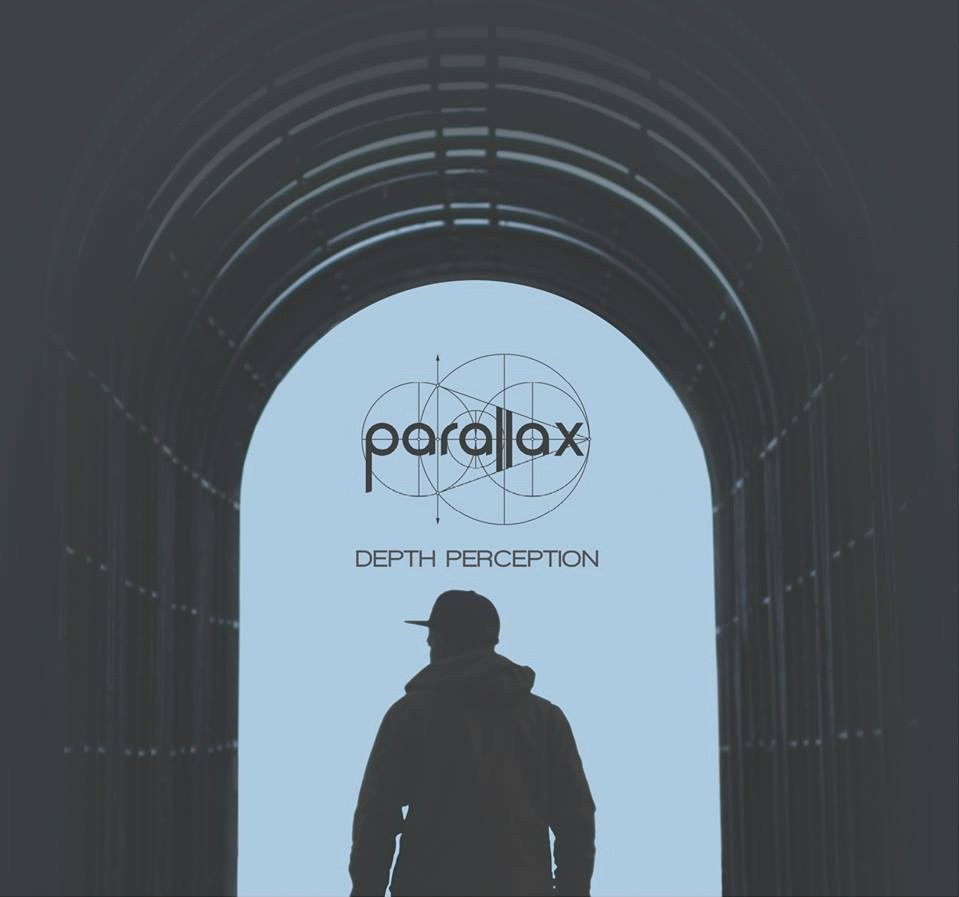

Independently moving elements make relative motion ambiguous: it can be caused by object movement in the world, by depth or both. Firstly, independently moving elements violate the property that the motion-parallax cue to depth depends on a rigidly moving scene or object relative to the observer. Depth cues from motion parallax and stereo interact most convincingly in area V3b/KO ( Ban et al., 2012).įor natural movement through the world, depth analysis is often far more complicated. Recent fMRI studies reported differential processing of these cues in different visual cortical areas ( Rokers et al., 2009 Ban et al., 2012 Seymour and Clifford, 2012). The monocular depth information from motion parallax is normally extended with stereoscopic cues to depth. The visual flow of the approaching scene gives rise to relative motion between the images of nearer and farther elements of the scene: motion parallax. These different response patterns indicate different contributions of areas V6, MT +/b, and CSv to the processing of self-motion perception and the processing of multiple independent motions.ĭepth can be perceived with a single eye when an object (or a whole scene) approaches. BOLD response did not increase for either view mode in CSv. At high noise levels, when the self-motion percept gave way to a swarm of moving objects, the BOLD signal strongly increased compared to self-motion in areas MT +/b and V6, but only for stereo in the latter. For cortical areas V6 and CSv, but not the anterior part of MT + with bilateral visual responsiveness (MT +/b), we found a disparity-dependent effect of rotational flow and noise: When self-motion perception was degraded by adding rotational flow and moderate levels of noise, the BOLD responses were reduced compared with translational self-motion alone, but this reduction was cancelled by adding stereo information which also rescued the subject's self-motion percept. Interactions between disparity and motion category revealed distinct contributions to self- and object-motion processing in 3D. We used fMRI with an extensive 2 × 3 × 2 factorial blocked design in which we combined two types of self-motion (translational motion and translational + rotational motion), with three categories of motion inflicted by the degree of noise (self-motion, distorted self-motion, and multiple object-motion), and two different view modes of the flow patterns (stereo and synoptic viewing). We investigated how interactions between monocular motion parallax and binocular cues to depth vary in human motion areas for wide-field visual motion stimuli (110 × 100°). Section Biophysics, Department of Cognitive Neuroscience, Donders Institute for Brain, Cognition, and Behavior, Radboud University Nijmegen Medical Centre, Nijmegen, Netherlands.

Arnoldussen, Jeroen Goossens and Albert V.


 0 kommentar(er)
0 kommentar(er)
